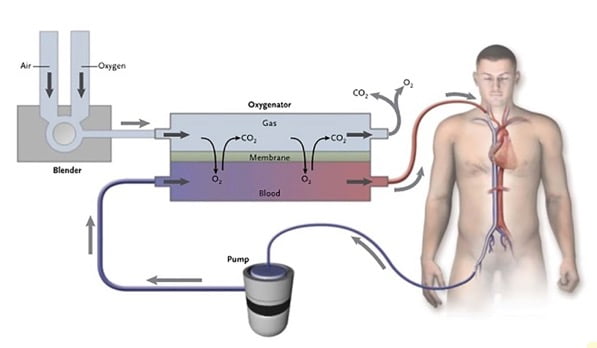Interviewing Dr. Gerald Power - Medical Perfusion Online Course
Medical perfusion has been practiced as a discipline in Australia for more than three decades. Thus far the training has been conducted on an apprenticeship basis with no formal theoretical component. The Mobile Learning Unit has interviewed Dr. Gerald (Joe) Power vis-à-vis 5 top reasons to study this valuable online course.

Dr. Gerald (Joe) Power
MBBCh FCA(SA) FFARCSI FANZCA PG Dip Echo
Joe Power is VMO anaesthetist with the Wesley Anaesthesia and Pain Management group in Brisbane. He is the president of the Australasian Society of Medical Perfusion and has been promoting the establishment of a formal education process for medical perfusion and working with the Department of Health representing the interests of medical perfusionists. He has also been active in promoting the use of simulation in perfusion for both the training of medical perfusionists and for ongoing maintenance of professional standards. He is on the board of directors of the Wesley Anaesthetic group.
First of all, medical perfusion is the most extreme physiological intervention we perform in medicine today. There’s nothing that comes remotely close. Normally, if you cross clamp someone’s aorta, they are dead in a minute. In medical perfusion, you are successfully taking over the function of the lung and heart for a couple of hours. You’ve got to take this seriously. This is not something that you do on a whim, and you shouldn’t just be ‘winging it’ as an apprenticeship.

- For the individual training to run a heart-lung machine (HLM), the course provides a comprehensive body of knowledge that covers the theoretical and practical aspects of the discipline. Along with the assessments during the course and the exam at the end, the course will ensure that the individual has covered all aspects of the knowledge base required to confidently operate the HLM.
- For the cardiac anaesthetist, the course will provide the theoretical knowledge required to understand what is happening when the patient is on bypass. For too long, the practice of cardiac anaesthesia and perfusion have been two, almost separate, activities with neither practitioner understanding what the other is doing. Having completed the course, the cardiac anaesthetist will know exactly what is happening on bypass and will be better positioned to engage the perfusionist in respect of how the patient is being managed.
- For the intensives they involved in managing patients using Extracorporeal Membrane Oxygenation, the course will provide a comprehensive background to the technology from which ECMO is derived. The course also covers the specific details of managing patients on ECMO and will allow for a more confident approach in dealing with the complexities of the technology.
- For the cardiac surgeon who would like to expand their understanding of one of the most complex aspects of the management of the cardiac surgical patient, the course will provide an invaluable insight into the discipline and allow them to better manage their patients during bypass
- The course is designed to be flexible and medical practitioners can choose to complete the whole course or only those parts that relate specifically to what they require to know. The assessments that are part of the course help to ensure that knowledge has been covered and understood.
The course is available now, through the University of Melbourne. For more information, contact the Melbourne Medical School’s Mobile Learning Unit.
